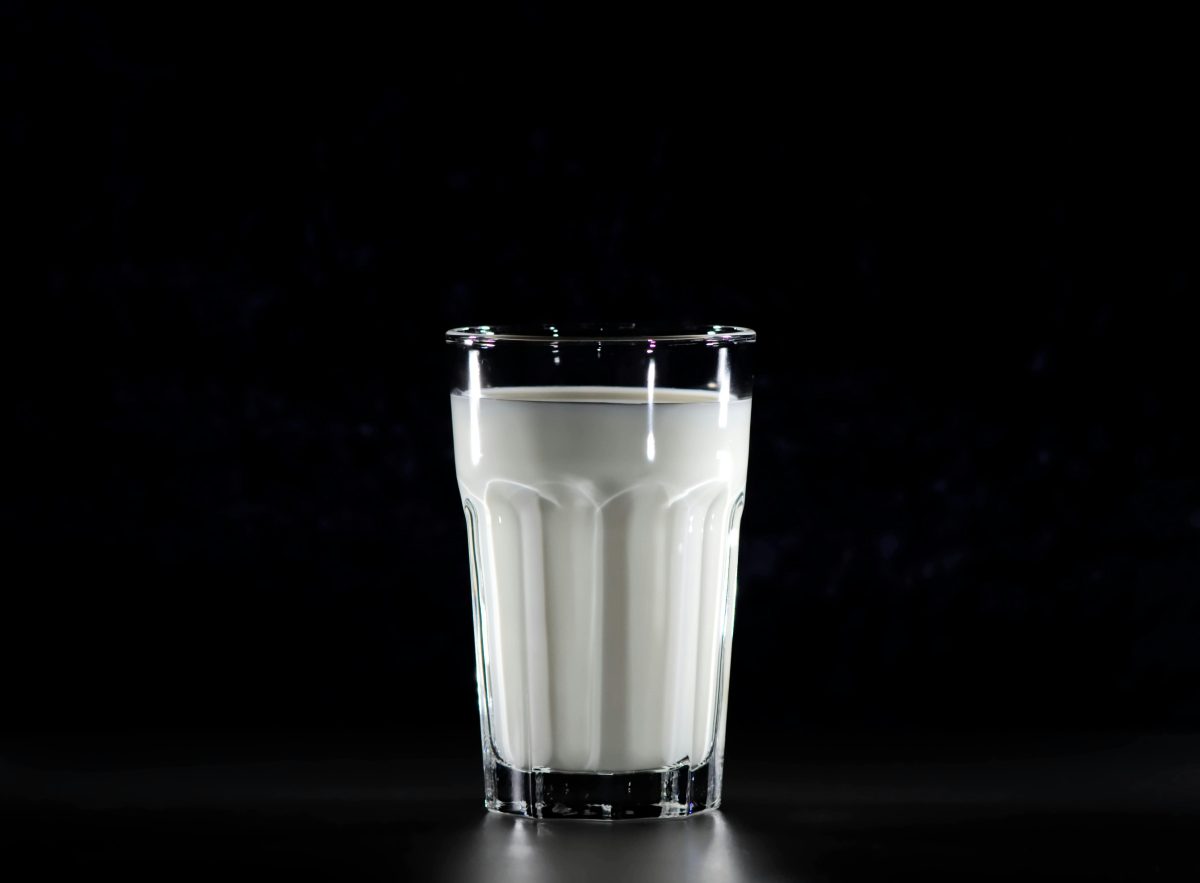Milk allergies, considered one of the 14 main allergens in the UK, can manifest in unique ways. For example, Milk allergy in babies is common while many people grow out of it by the age of 5. It is also often confused with a lactose intolerance, which occur for different reasons.
In this article, we’ll explain all you need to know about milk allergies and exactly how an allergic reaction and intolerance are different.
What is a Milk Allergy?

A milk allergy, usually referring to a cows’ milk allergy, is an immune system malfunction where the immune system identifies specific protein in milk as harmful, which triggers the body to produce immunoglobulin E (IgE) antibodies to neutralise the proteins. When the body next comes into contact with these proteins, the body will recognise these IgE antibodies, and the immune system will release histamine, triggering an allergic reaction.
A milk allergy occurs due to when proteins from the milk enter the body and are mistakenly identified by the immune system as a harmful foreign substance – known as an antigen. In response, the immune system releases its own proteins that are meant to protect it, known as antibodies.
The antibody in particular is known as Immunoglobulin E (IgE), and will bind to mast cells in the body, which in turn release a chemical known as histamine. Histamine works to protect your immune system, and causes typical allergy symptoms in return.
The two main proteins in cow’s milk that can cause an allergic reaction are casein and whey. It is possible to be allergic to just one milk protein or both.
Symptoms of a Milk Allergy
When having an allergic reaction, you may notice some symptoms immediately, whilst others take some time to develop.
The NHS lists immediate symptoms as:
Cows milk allergy symptoms include
- Swelling in the lips, eyes, and face
- Vomiting and diarrhoea
- Stomach aches and cramps
- Itchy skin or hives
- Wheezing
- Anaphylactic Shock
Common dairy products include:
- Milk
- Cream
- Butter
- Yoghurt
- Cheese
- Custard
- Ice Cream
Anaphylaxis
Anaphylaxis is one of the most severe allergic reactions that can occur from any type of allergy. It’s common for anaphylaxis to cause a sudden drop in blood pressure, and narrow airways, making it difficult to breath and potential even fatal. A full list of symptoms can be found on the NHS site.
It’s important to be aware of the signs of anaphylaxis and what to do in this situation as it may start with start with similar symptoms to a milder reaction before quickly worsening. Make sure to use an EpiPen or any other adrenaline auto-injector if available, call 999, and then lie down. If your condition has not improved within 5 minutes, use another adrenaline auto-injector.
Difference Between a Milk Allergy and Lactose Intolerance

While a milk allergy and lactose intolerance may seem similar, they manifest for different reasons.
While an allergic reaction is due to food proteins being mistakenly identified as harmful to the body, a lactose intolerance occurs when the body struggles to break down lactose, a sugar found in milk and dairy products.
Normally, lactose is broken down with the help of an enzyme called lactase, speeding up your metabolism aiding digestion. Some people have what’s known as a lactase deficiency however and don’t produce enough of the enzyme, and this is what results in symptoms of lactose intolerance.
We’ve covered this in our article detailing the difference between a milk allergy and intolerance, so be sure to check that out if interested in learning more.
Businesses in the UK legally required to highlight milk in their food labelling if present due to legislation such as the Food Information Regulations 2014 and Natasha’s Law. We hope this article has been helpful, and if you’re eager to learn more about the 14 Major Allergens, check out our information hub.
LiberEat - Allergen Error Detection Software
Food allergen rules and regulations continue to change and evolve. Food businesses in production, hospitality, catering, and retail must be vigilant when working with ingredients, products, and dishes containing allergens and exercise due diligence when providing ingredient and allergen information to consumers. Successful allergen management is a big part of Food Safety professionals creating a culture of care and excellence within their teams.
LiberEat offers a second line of defence for food businesses by detecting errors, allergens, and other harmful ingredients with our proprietary Allergen Detection Software. Food businesses can apply this technology directly to identify errors in allergen communications, preventing the risk of injury to consumers. Contact us today to learn more about how we can support your existing food safety processes.
LiberEat works closely with food businesses to ensure consumers are safe and healthy when consuming your produce.
To find out how LiberEat Technology supports food businesses to detect allergens and errors, to protect consumers
Sources
5 Dairy Foods That Are Naturally Low in Lactose | Healthline
Are Eggs Considered a Dairy Product? | Healthline
Lactose Intolerance or Milk Allergy: What’s the Difference? | Everyday Health
What should I do if I think my baby is allergic or intolerant to cows’ milk? | NHS
Cow’s Milk Allergy | AllergyUK
Hydrogen and Methane Breath Test in the Diagnosis of Lactose Intolerance | NIH

